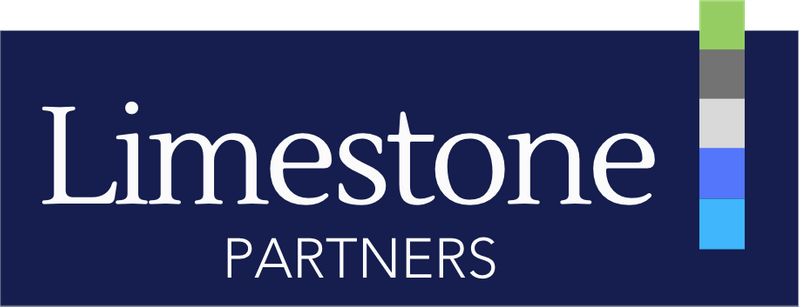NWMO has a significant opportunity for several northern Ontario towns. However, like many mining projects, it faces significant opposition from environmental groups.
Limestone Partners Jib Turner and Andrew Ault, MBA, MSc [C] have recently undertook a study analyzing the effectiveness of opponent tactics of mining projects and mining project communication, in the case of the Nuclear Waste Management Organization.
NWMO is planning to locate a nuclear waste repository in northern Ontario, backed by significant and evidence-based research. In the current phase, they are only going to attend where they are most welcomed from the community - which means gaining trust and support by the citizens and Indigenous groups that they will protect the environment to promote job opportunity development.
While not explicitly taking a side, Limestone partners undertook a mixed-methods multimodal study to understand the effectiveness of communication from NWMO. To understand dynamics in groups within anti-movements of civil society, this study analyzes their interest-based community Facebook groups by applying results from www.sociograph.io. This artificial intelligence application searches groups for wanted statistics, for which were recorded for each group, separately. This application has been used in other research attempting to understand the nature of group dynamics in Facebook group communities. (Botangen, et. al, 2017) The results produced include the comments themselves, users, activity and nature of posts, which were recorded.
What causes people to oppose mining projects?
LIKELINESS TO PARTICIPATE PROJECT BASED ON UNFAMILIARITY WITH MINING SECTOR
Examining participation in online opposition Facebook groups, as a percentage of the population, it becomes clear likeliness for civil society to accept the project is largely based on familiarity with the mining sector.
Several members of civil society opposed to their respective communities serving as the depository of Canada’s nuclear waste, and have formed active Facebook groups. To this end, several interesting observations are made from a content analysis of social media groups. First, is that, as a percentage of population, members of the group range from just over 3.4% in Elliot Lake, a former uranium city, to an overwhelming 37.9% in Hornepayne, a former mill town. The latter has experienced significant opposition from groups outside the community, especially First Nations arguing against its construction on territorial lands without its consent, for which they will not grant. (Pic Mobert, 2015)
Results may also indicate that a population’s familiarity towards radiation, decreases opposition of GDRs. Both Elliot Lake and Manitouwadge are former mining town sites, which thereby incur greater knowledge of the effects of radiation, whereas Hornepayne is a lumber town perhaps not as familiar with radiation. Ignace shares this economic base, and the economies of communities in Huron-Grey are primarily based in Agriculture. Thus, familiarity with mining seems as a lowers negative sentiment.
Second, activity is noted to be fairly active in specific groups. On a per-member basis, reactions are strongest in Ignace and Elliot Lake, at almost 3 per member, whereas the average is ~1.78. In terms of the number of posts shared, Ignace and Huron-Grey lead inferring passionate opposition to the topic in those communities as far stronger than others. Comments are also important for indicating engagement in the issue. Elliot Lake sees the highest, at almost an average of one per group member. However, when looking at the number of commenters, the engagement thesis becomes limited to a select few people in the group, generally within the 10% mark of those involved. It is also worth noting the centralization within the group itself means its administrators set the discussion thus control information the rest of the group is to be shown.
Lastly, the composition of the posts themselves are observed as also being significant, drivers of peer pressure to oppose projects, but to a lesser degree than the foremost variables. Generally, links were most frequently posted in all groups, inferring a reliance on information being from sources beyond the group itself. The number of status’ per post are as high as 30%, as in the case of Manitouwadge, to just 12% in Huron-Grey-Bruce. Based on these observations, it is evident these groups, while fostering discussion and engagement, have limited capacity in their own ways to analyze the actual policies and are more susceptible to sharing the links of groups that, supposedly, align with their perspective. Given the rapid use of social media by opposition groups, one would expect there to be pro-nuclear groups, or at the very least, an account for NWMO. However, no social media accounts were found for either pro-nuclear civil society movements in the communities nor the NWMO itself. Results overall from this question seem to support Kuhn in that the more understanding of radiation, the more acceptable the public would believe a repository in their community would be. Further, the more opposed the public is, it is observed the less experienced they are with radiation.


